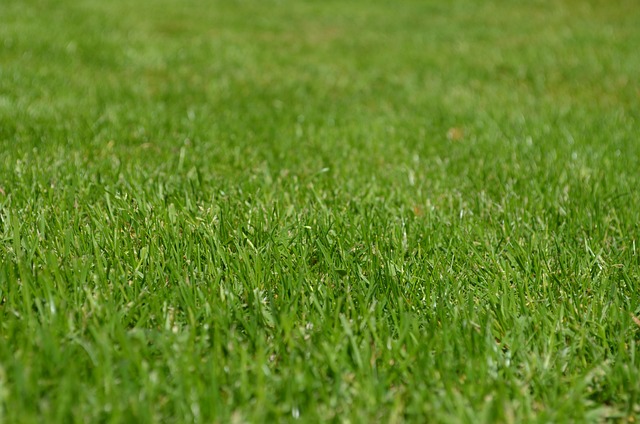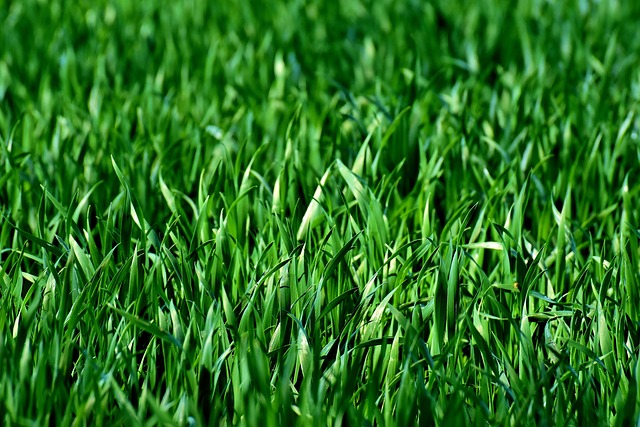Lawn plants in Centennial face drought stress due to changing climate and limited water availability. Early signs include leaf wilting and discoloration, leading to stunted growth if left unchecked. Implementing strategic industrial weed control along pipelines is vital for ecosystem preservation and pipeline safety. This involves using specialized equipment and targeted herbicides while minimizing environmental impact, preserving nearby vegetation, and ensuring pipeline longevity through a buffer zone free from weeds. Deep watering techniques and eco-friendly practices like organic lawn care further enhance drought resilience and promote sustainable landscape maintenance.
Lawn plants, under prolonged drought stress, face significant challenges. This article explores comprehensive solutions to mitigate and prevent such stress during dry periods. We delve into understanding the causes and impacts of drought on lawn health, focusing on industrial weed control as a strategic approach for pipelines near Centennial. Additionally, sustainable solutions are presented to ensure long-term lawn vitality in arid conditions. For businesses operating near Centennial, implementing these strategies is crucial for maintaining lush, healthy grass despite water scarcity.
- Understanding Drought Stress in Lawn Plants: Causes and Impact
- Industrial Weed Control: A Strategic Approach for Pipelines Near Centennial
- Sustainable Solutions for Long-Term Lawn Health During Dry Periods
Understanding Drought Stress in Lawn Plants: Causes and Impact

Lawn plants, like many other organisms, are sensitive to water scarcity, and prolonged drought can lead to significant stress. This issue is particularly pertinent in areas experiencing increasing temperature and reduced rainfall, such as Centennial. Drought stress in lawn plants is caused by a variety of factors, primarily related to inadequate or imbalanced water availability. It often manifests when the plant’s water needs exceed what the soil can provide, typically due to insufficient rainfall or excessive evaporation.
The impact of drought stress on lawn plants can be severe and multifaceted. Initially, plants may show signs of wilting, with leaves turning brown or yellow and becoming crisp. As stress persists, growth slows down, and roots become weakened, making it harder for the plant to absorb necessary nutrients and water. In extreme cases, drought stress can lead to plant death. Effective industrial weed control along pipelines near Centennial is crucial in mitigating these effects by maintaining healthy lawn vegetation and ensuring the stability of local ecosystems.
Industrial Weed Control: A Strategic Approach for Pipelines Near Centennial

In the context of industrial operations, particularly around pipelines near Centennial, implementing strategic industrial weed control is paramount to maintaining environmental integrity and pipeline safety. Weeds can quickly take root in disturbed soil along pipeline rights-of-way, posing risks not only to the aesthetic value but also to the structural stability of the pipelines. A comprehensive approach involves the use of specialized equipment and targeted herbicides to eliminate weeds effectively while minimizing environmental impact. By employing advanced techniques like spot treatment and selective herbicides, companies can ensure that weed growth is controlled without harming nearby vegetation or groundwater.
This strategic industrial weed control not only extends the lifespan of pipelines but also contributes to a more sustainable landscape. It requires meticulous planning, compliance with local regulations, and collaboration with environmental experts. The goal is to create a buffer zone free from weeds, thus reducing erosion, improving visibility for maintenance workers, and ultimately enhancing the overall efficiency and longevity of pipeline infrastructure in the Centennial area.
Sustainable Solutions for Long-Term Lawn Health During Dry Periods

Maintaining a lush lawn during dry periods requires thoughtful strategies for long-term health and sustainability. One effective approach is implementing eco-friendly practices, such as deep watering techniques to encourage deeper root growth, which makes lawns more resilient to drought conditions. This method promotes water efficiency by minimizing evaporation and allowing plants to access moisture from further below the surface.
Additionally, integrating sustainable solutions like organic lawn care and industrial weed control along pipelines near Centennial can significantly contribute to overall lawn health. Organic methods, free from harsh chemicals, foster a balanced ecosystem, enhancing soil fertility and naturally suppressing weeds. For areas with pipelines, targeted applications of eco-friendly industrial weed control products ensure effective management while minimizing environmental impact, creating a harmonious balance between lush lawns and essential infrastructure.
In conclusion, addressing lawn plant drought stress requires a multifaceted approach. Understanding the causes and impacts of drought stress is the first step, followed by implementing strategic industrial weed control methods, particularly along pipelines near Centennial, to mitigate competition for water resources. Additionally, adopting sustainable solutions for long-term lawn health ensures resilience during dry periods. By combining these methods, we can preserve lush lawns while navigating challenging environmental conditions.
